Kyrgyzstan Sports is the main source of entertainment. The traditional Sports in Kyrgyzstan are horse racing and falconry. Other popular sports include tennis, martial arts, athletics and football.
The mountains are a perfect destination to enjoy adventure sports like climbing and skiing.
The Kyrgyzs play many horse back games due to the importance of the horse in their culture, these include Ulak Tartysh, a team game resembling a cross between polo and rugby in which two teams of riders wrestle for possession of the headless carcass of a goat, which they attempt to deliver across the opposition's goal line, or into the opposition's goal: a big tub or a circle marked on the ground, Aht Chabysh - a long-distance horse race, Jumby Atmai - a large bar of precious metal (the "jumby") is tied to a pole by a thread and contestants attempt to break the thread by shooting at it, while at a gallop and Oodarysh - two contestants wrestle on horseback, each attempting to be the first to throw the other from his horse.



